Cocomero, the Apulian local wonder || Neither cucumber nor melon
/Italy food and roadtrip, Salento, Puglia
Salento, the land of Caroselli and Cocomeri and a farm-to-table restaurant between the Trulli
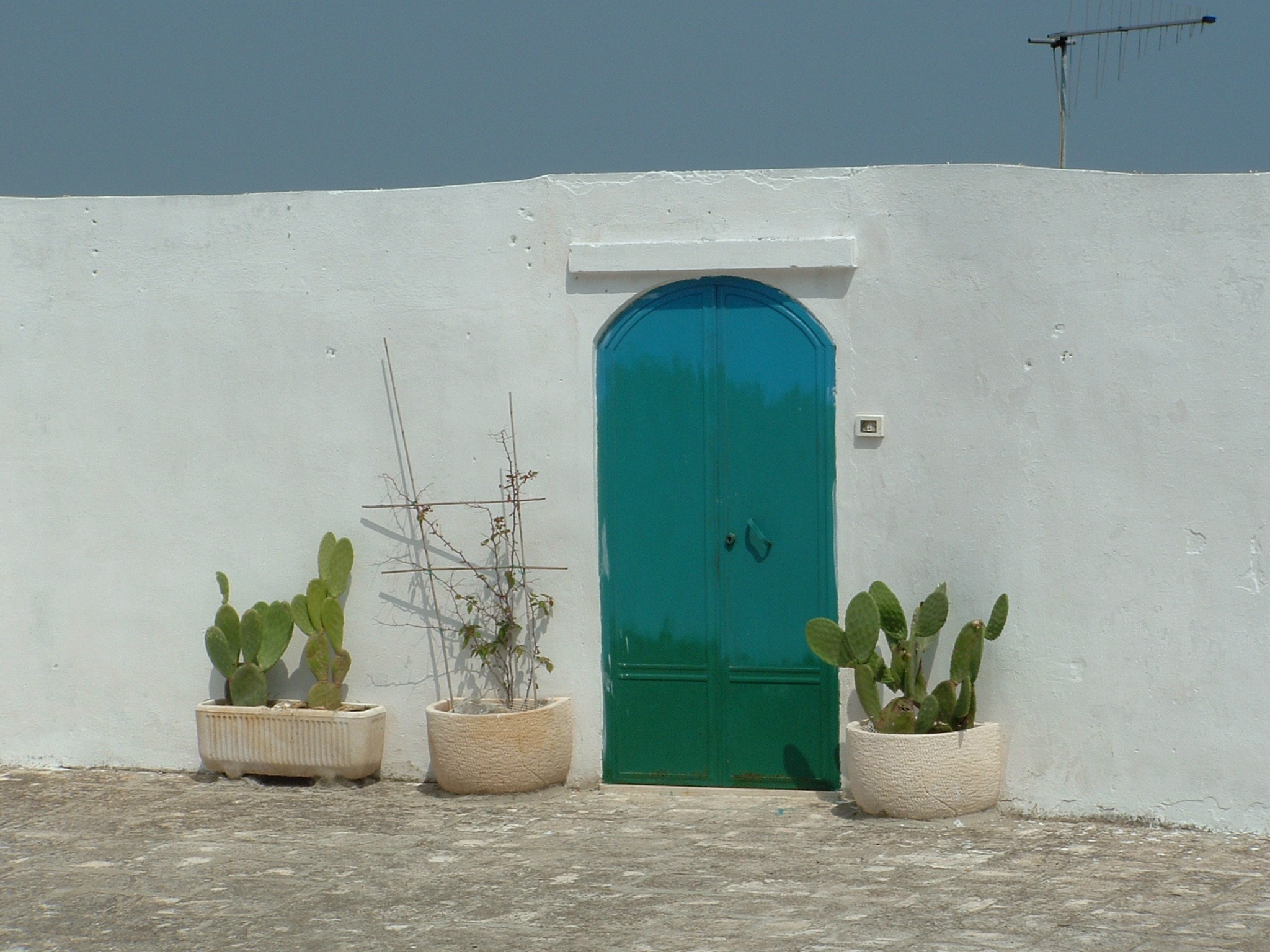
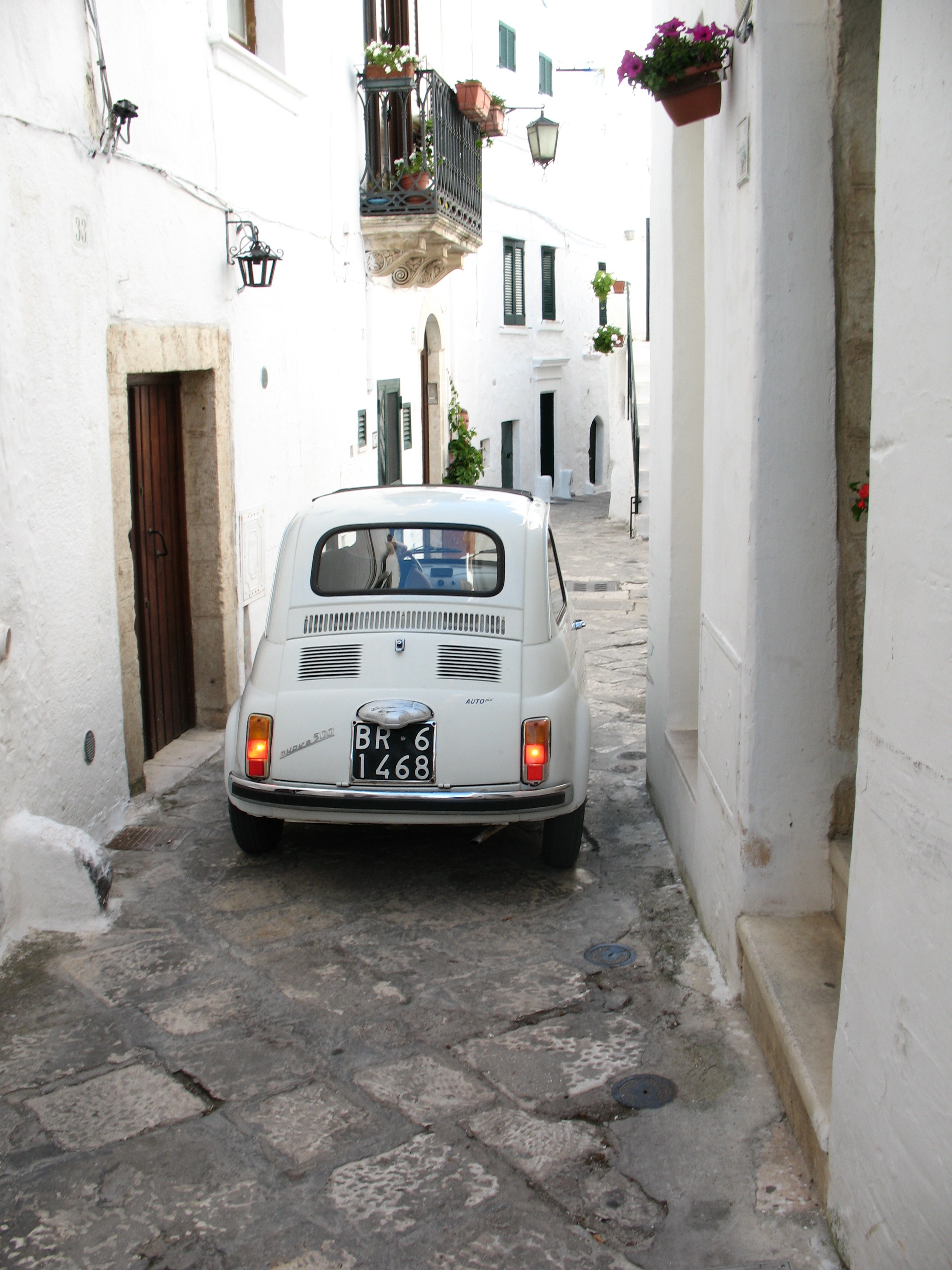
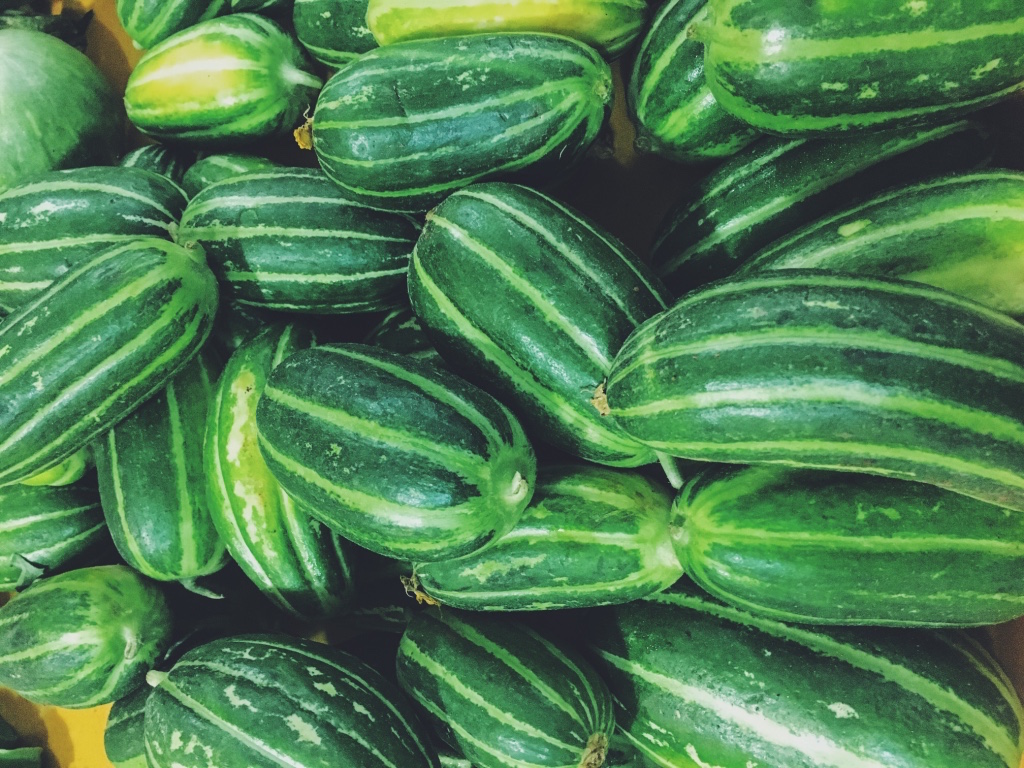
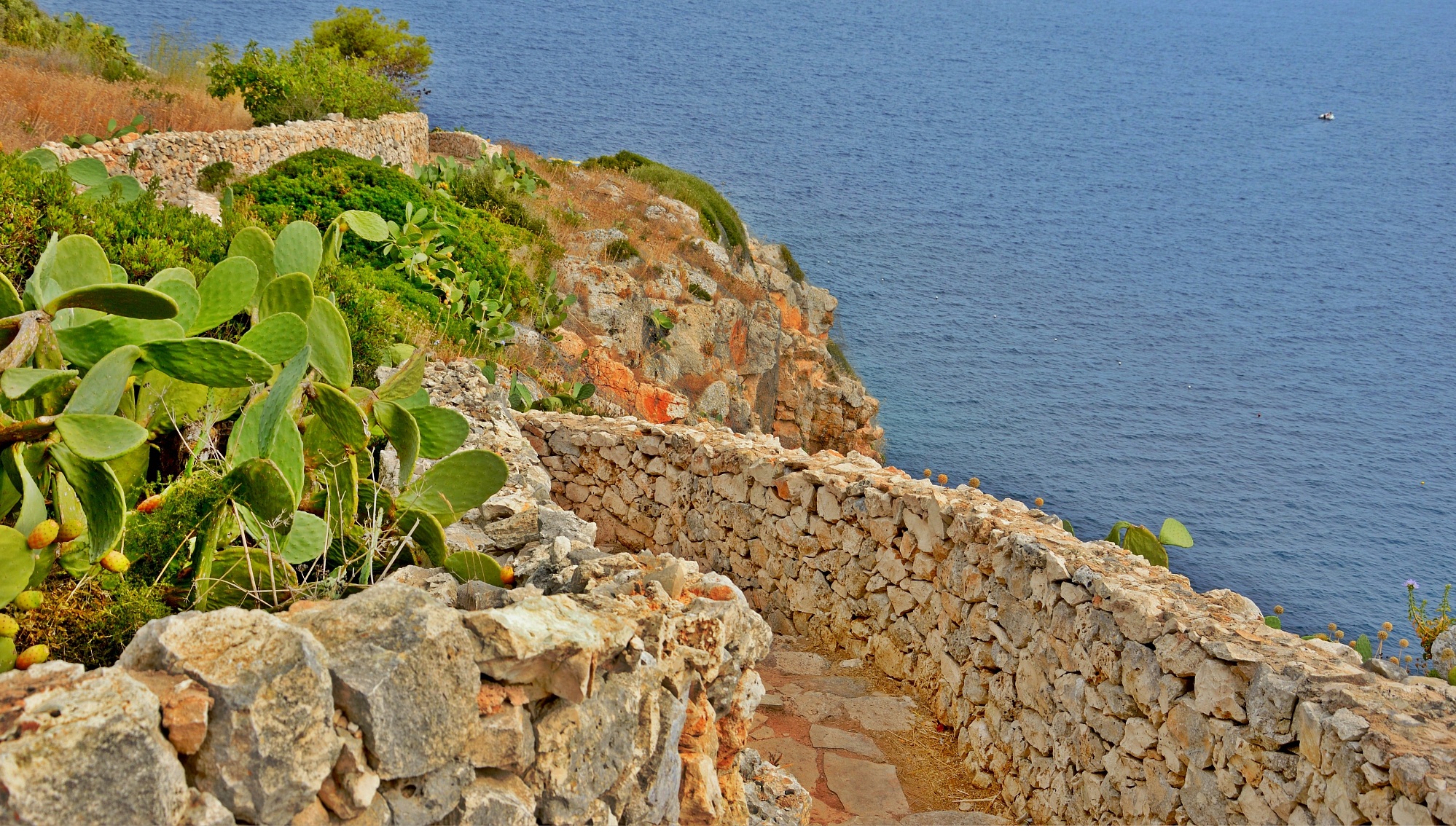
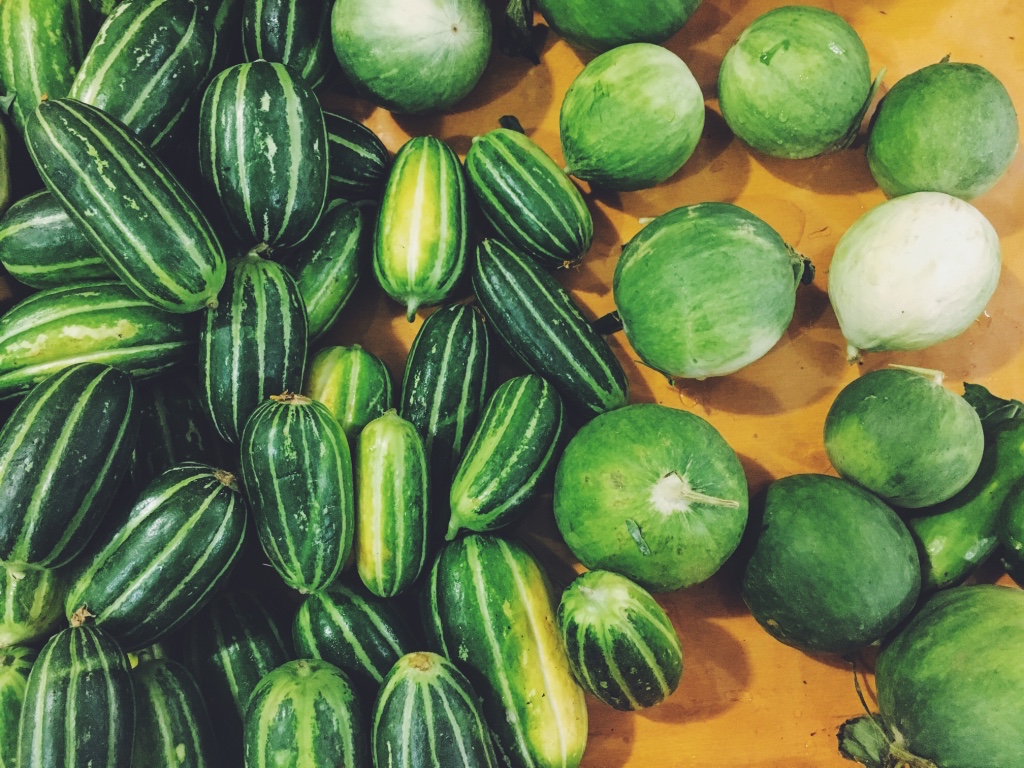
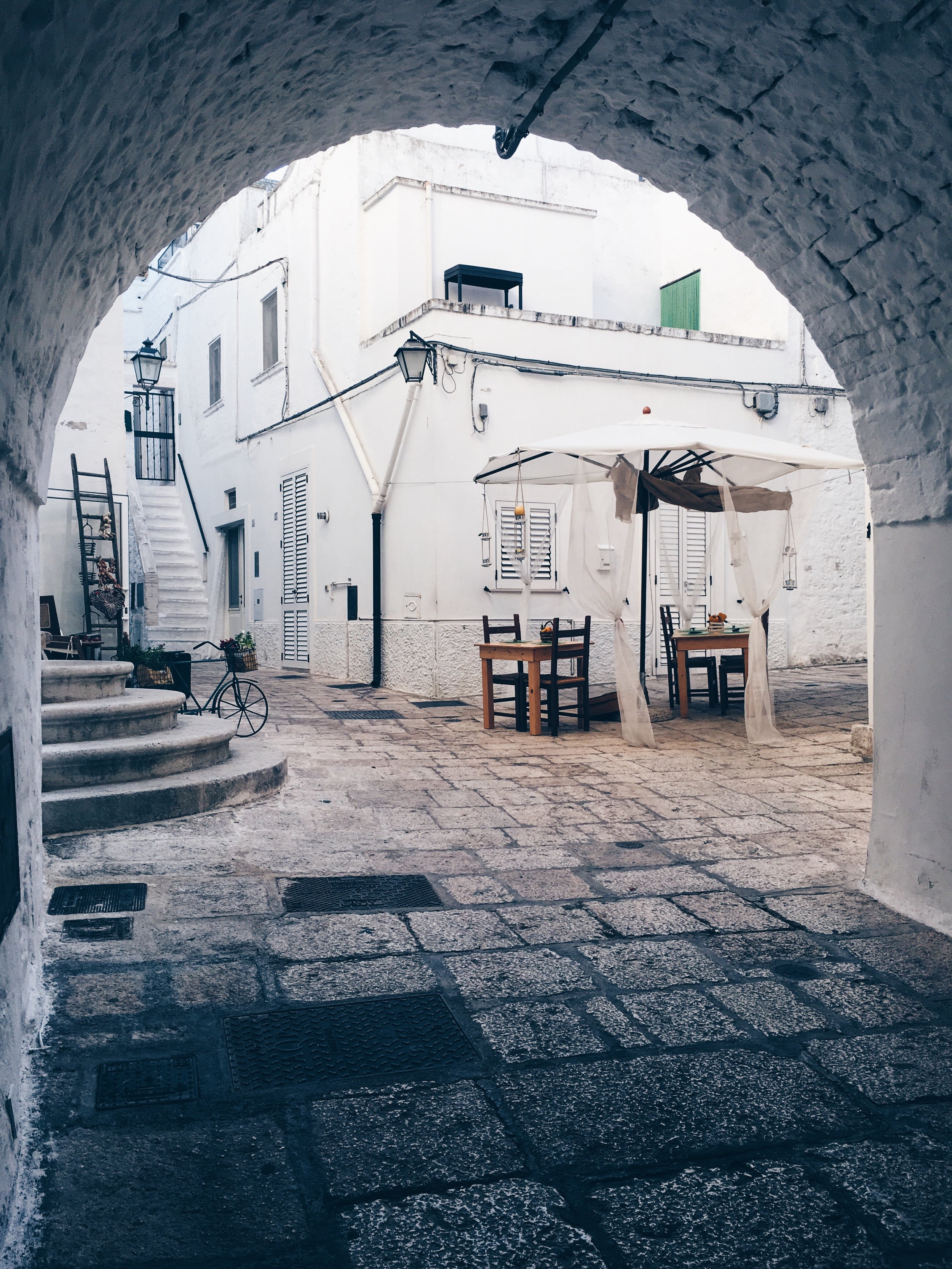
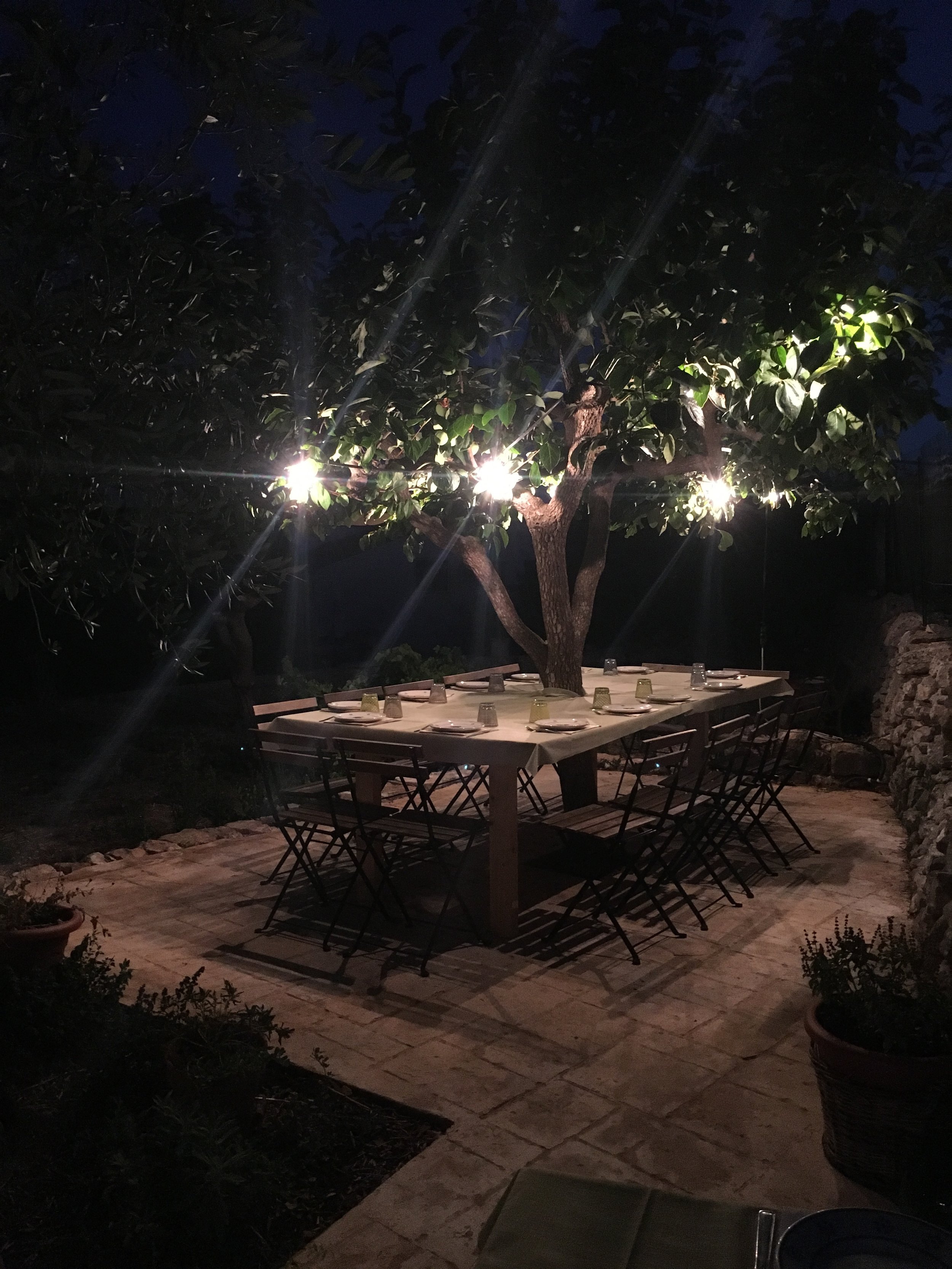
Don't call them cucumbers, nor melons or watermelons. Puglia's cocomeri are much more: born from a natural hybridation of cucumber and melon and cultivated for centuries in this area, they are a perfect exemple of Puglia's food biodiversity treasure.
In the rest of Italy, cocomero usually means watermelon, but not here.
The two main species are Carosello and Barattiere : they both belong to the Cucurbis Melo L. species (the same family as melon), but names vary according to the towns ( or villages) where they are grown and selected by the local farmers. On the market you can find Caroselli baresi, or from Massafra; the Mezzo lungo di Polignano, the Tondo liscio di Manduria or the Barattiere di Fasano. The name Carosello apparently doesn't come from carrousel, but instead from the village of Carosino, near Taranto, where it is said that the vegetable was grown for the first time.
Fruits are eaten all summer long as a delicious alternative to cucumbers. They are even more digestible because they don't have any cucurbitacin ( cucurbitacin is any of a class of biochemical compounds that some plants— notably members of the family Cucurbitaceae —produce and which function as a defence against herbivores). I would say, they are better than cucumber: sweeter, not bitter, refreshing and hydrating, the perfect meal for summer in Salento, where temperatures can reach up to 50°C.
It is estimated that around 100 hectares are cultivated with cocomeri in Puglia. Caroselli are also eaten in the province of Agrigento, in Sicily, where people call them Battagliuni and in Caltanissetta, where they are called Culazzati.
Fruits can have different shapes and sizes but Caroselli are more spheric, and generally bigger ( sizes vary from 200g to 1kg), while Barattiere are generally more similar to a fatty cucumber. The skin is generally green ( fruits are harvested and eaten when unripe) and becomes yellow when the fruit is physiologically ripe ( but you should eat it while it's green!). The pulp is firm and crisp and gets softer as it ripens.
People usually eat them raw, with no seasoning, or in a salad with tomatoes, oregano and fresh onions. Cocomeri often accompany mashed fava beans ( sort of a salentinian hummus !) or are used to prepare another typical recipe which is homemade pasta with fresh tomato sauce and cacioricotta. On a side note about the deliciousness of cacioricotta... this would need an entire blog post !!! Cacioricotta is a fresh Apulian cheese made by mixing the techniques for the production of cheese and ricotta. It is hand-made and produced using the milk of cows ( and sometimes sheep ) bred in the uncontaminated fields of the Valle d’Itria. Mature cacioricotta cheese is a semi-hard cheese. It can be served as a dish or it can be grated.
I tried them for the first time at Trattoria Terra Madre in Alberobello (http://www.trattoriaterramadre.it/en/who-are-we/), an enchanting farm-to-table restaurant in the heart of the Trulli area. This very special place was born few years ago from a collective dream of a group of tour guides and friends.
The concept is simple: sowing, growing and harvesting using the compost produced on site, by recycling the biodegradable products from the breakfasts they serve at their little hotel. The compost is used in the organic garden behind the Trattoria, where some plants grow, as well as in Terra Madre Country (about 2 hectares of land situated a few km from the city center), which are divided into 3 small plots cultivated in crop rotation.
The philosophy of their menu is to celebrate vegetables. Fruits remain on the plants until they reach maturity, to ensure that they are as fresh and flavoursome as nature intended. The cuisine is simple, fresh, homemade. It's all about the exaltation of the flavour of the product itself and Puglia's gastronomic heritage. And the place is simply magic. We had a wonderful dinner in the garden just behind the Trattoria, surrounded by the plants of the vegetables we were tasting in our dishes, candle lights and glasses of sun-ripened Primitivo wine. Delizioso!
